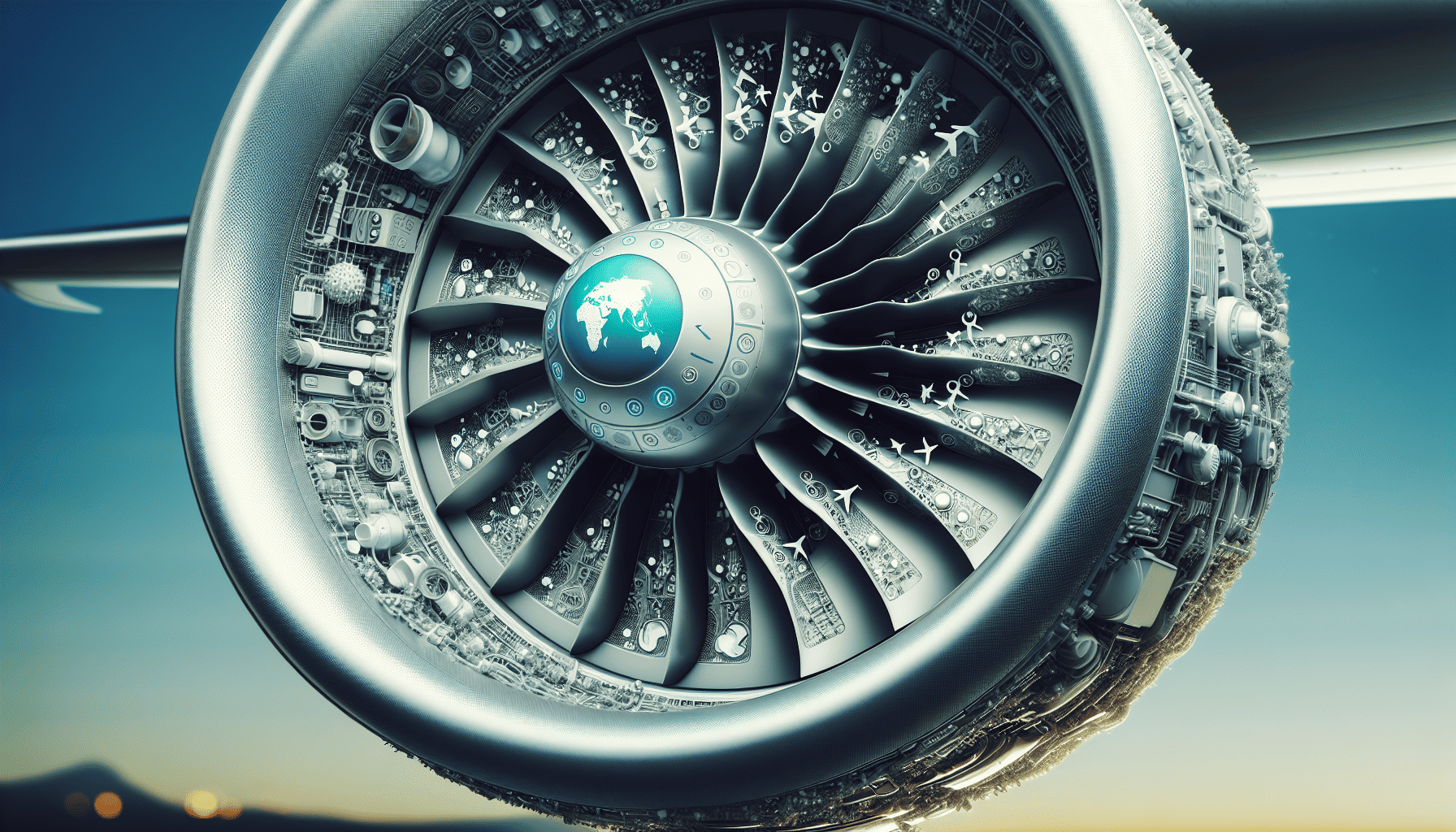In recent years, the global focus on climate change and environmental consciousness has driven innovative transformations across various industries, with transportation being a significant area of interest. Among the many facets of transportation, propulsion systems play a crucial role in determining environmental impact. Sustainable propulsion refers to technology and methods developed to minimize carbon emissions and reduce ecological footprints while maintaining efficiency and performance.
Understanding Sustainable Propulsion Systems
A propulsion system is a complex machinery that creates the necessary thrust to move a vehicle. Traditionally, these systems have relied on fossil fuels, which significantly contribute to greenhouse gas emissions and environmental degradation. However, as awareness of these issues has increased, so has the innovation in creating more sustainable propulsion solutions.
Types of Sustainable Propulsion
-
Electric Propulsion: Electric propulsion systems, primarily using batteries or fuel cells, are rapidly gaining popularity for their zero-emission capabilities. Electric vehicles (EVs) use stored electrical energy to power an electric motor, eliminating tailpipe emissions. With advancements in battery technology, such as longer ranges and quicker charging cycles, electric propulsion is becoming more viable for everyday use.
-
Hybrid Systems: Hybrid propulsion combines traditional internal combustion engines with electric motors and energy storage systems to reduce emissions and improve fuel efficiency. These systems allow for a smoother transition from fossil fuels by using electric power when possible and conventional fuel when needed.
-
Hydrogen Fuel Cells: Hydrogen fuel cells are another promising area for sustainable propulsion. These systems convert hydrogen and oxygen into electricity, with water vapor as the only by-product. They offer a high energy density and can refuel quicker than traditional electric batteries, making them an ideal choice for heavier transport like trucks and buses.
-
Biofuels: Biofuels, derived from organic materials like crops and waste, offer a renewable alternative to fossil fuels. They can be used in existing internal combustion engines with minimal modifications. Biofuels help reduce the net carbon dioxide emissions as the CO2 released during combustion is offset by the CO2 absorbed during the plants' growth.
-
Solar Propulsion: While still in the developmental stages, solar propulsion harnesses solar energy to power vehicles. This technology is cleaner and sustainable, leveraging the sun's vast and renewable energy. It is already used in solar-powered boats and experimental aircraft.
Benefits of Sustainable Propulsion
The transition to sustainable propulsion systems offers myriad benefits beyond the obvious environmental improvements. These systems can help reduce the overall energy dependency on nonrenewable resources, thus enhancing energy security. Furthermore, sustainable propulsion technologies often operate more quietly than traditional engines, contributing to a reduction in noise pollution. As cities expand and population density increases, these quieter systems will become an important consideration for urban planning. Economically, investing in sustainable technologies spurs innovation, creating new jobs and industries while potentially reducing long-term operational costs due to higher efficiencies and lower fuel expenditures.
Challenges and Future Directions
While the adoption of sustainable propulsion systems is essential for mitigating environmental impacts, several challenges remain. Infrastructure development, such as charging stations for electric vehicles or refueling stations for hydrogen, is critical to widespread adoption. Upfront costs and technology-specific limitations, like battery life and efficiency in electric vehicles, also present obstacles.
Nevertheless, ongoing research and development are expected to address these challenges. Policymakers, industries, and researchers are increasingly collaborating to create favorable regulations, invest in infrastructure, and push the boundaries of material science and engineering.
In conclusion, sustainable propulsion systems are not just a trend but a crucial shift toward preserving our planet for future generations. By embracing these sustainable technologies, we can collectively reduce the transportation sector's environmental impact and pave the way for a cleaner, more efficient future.
